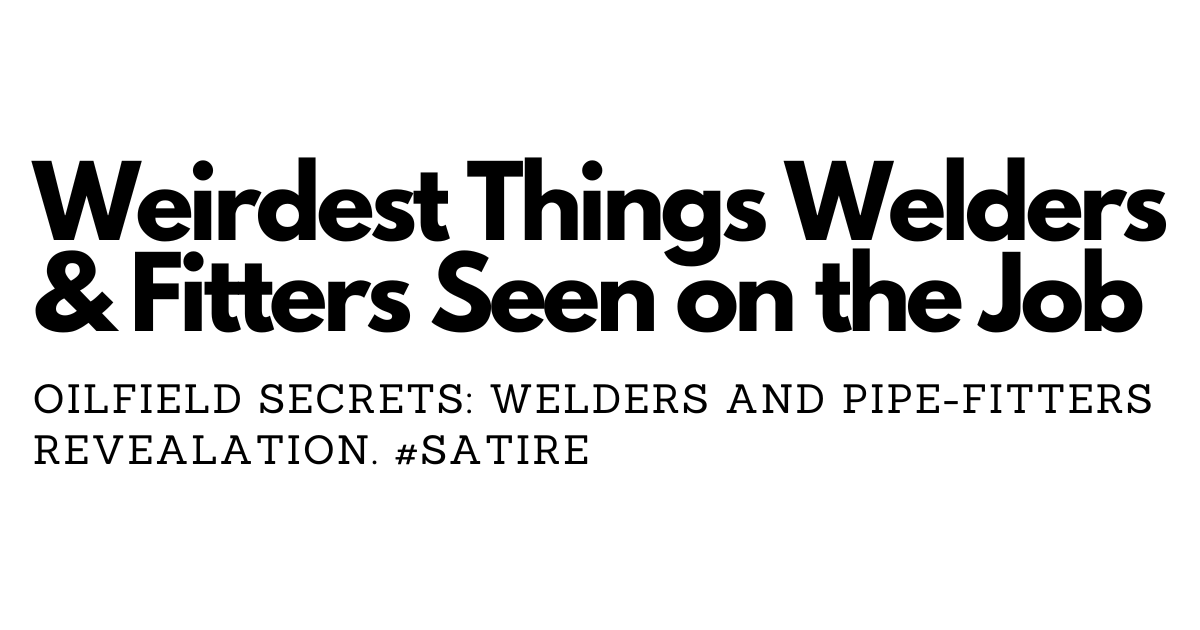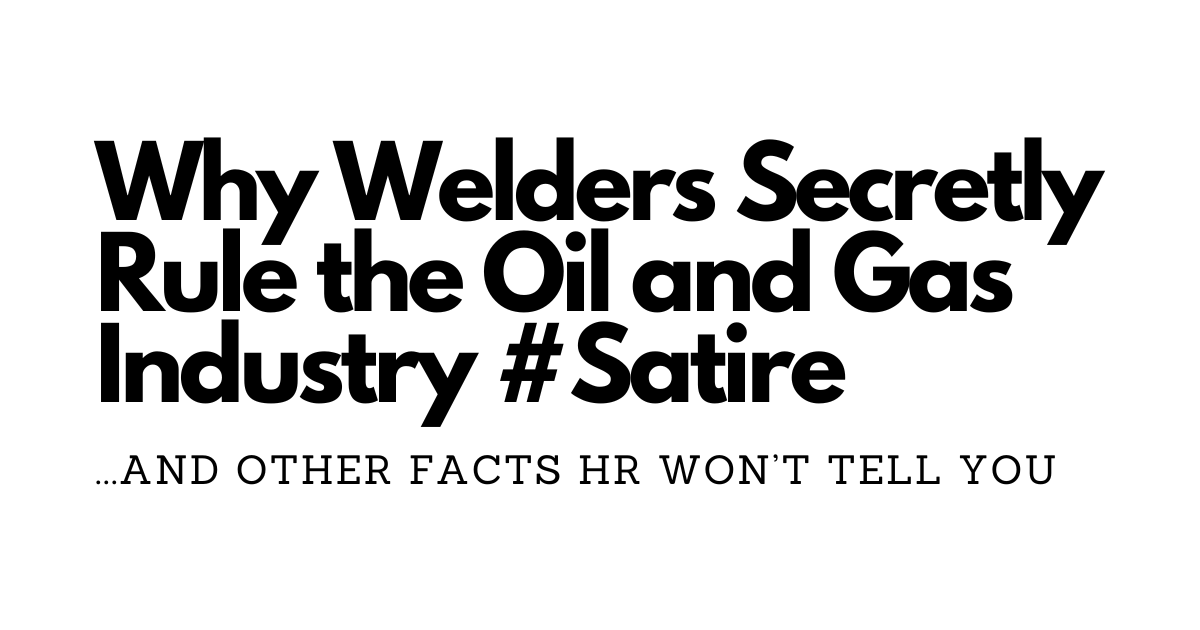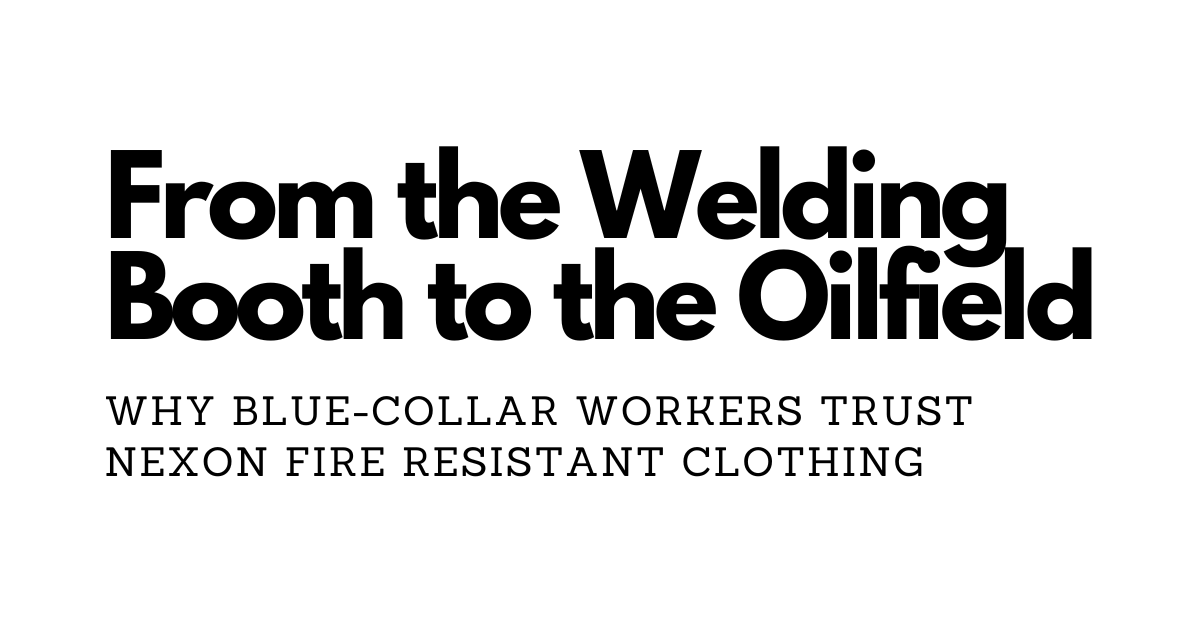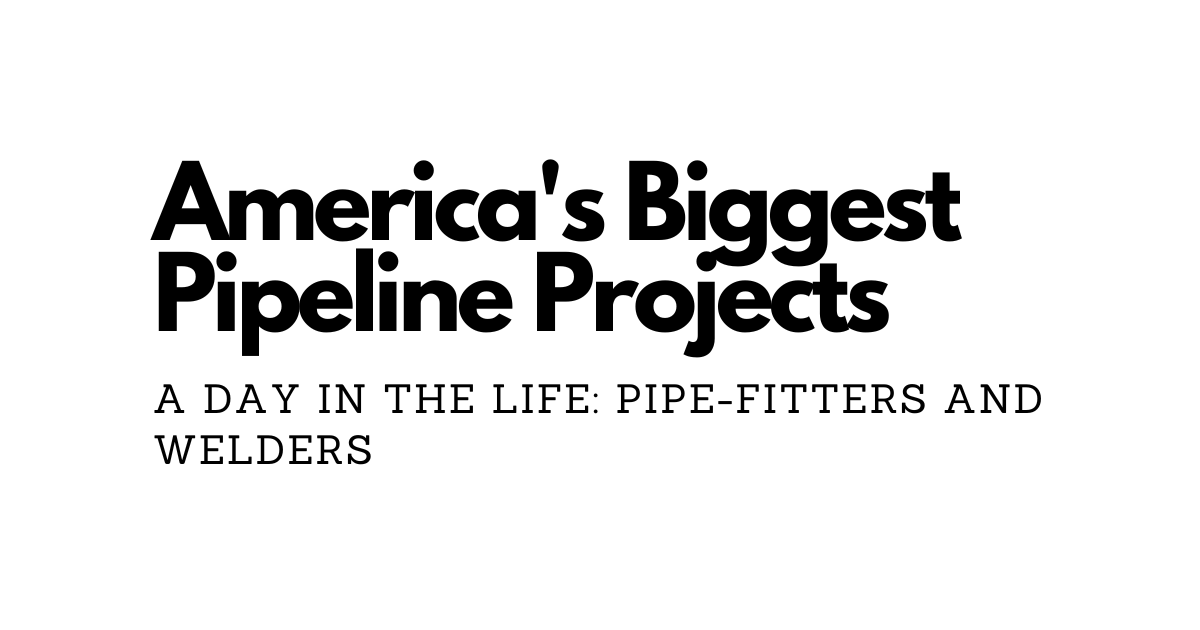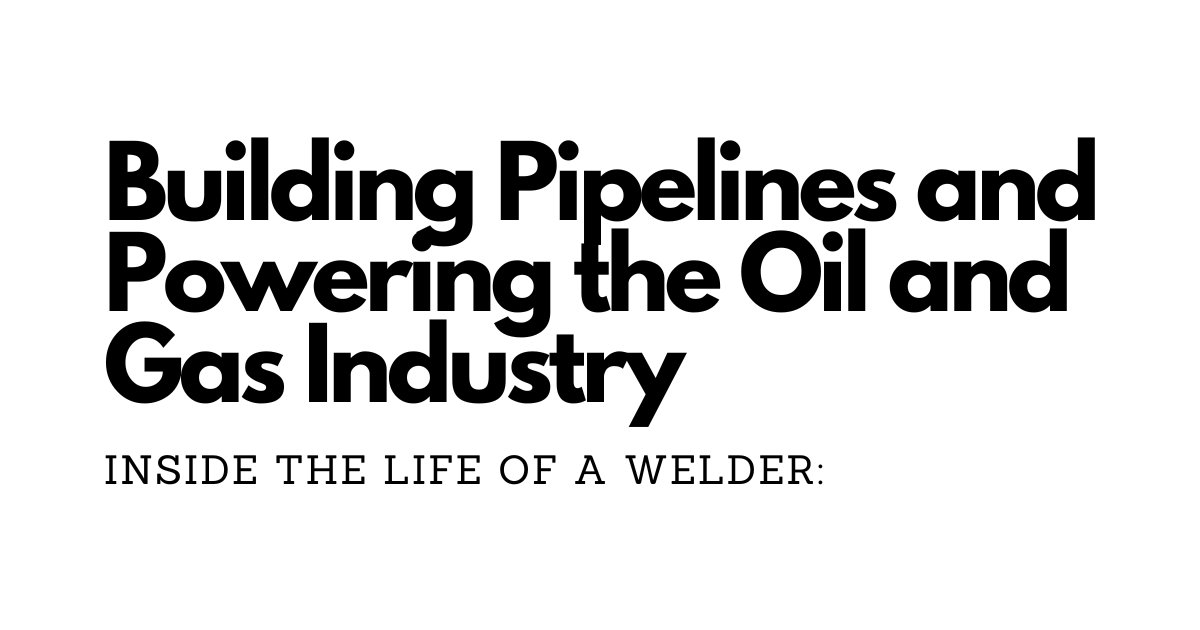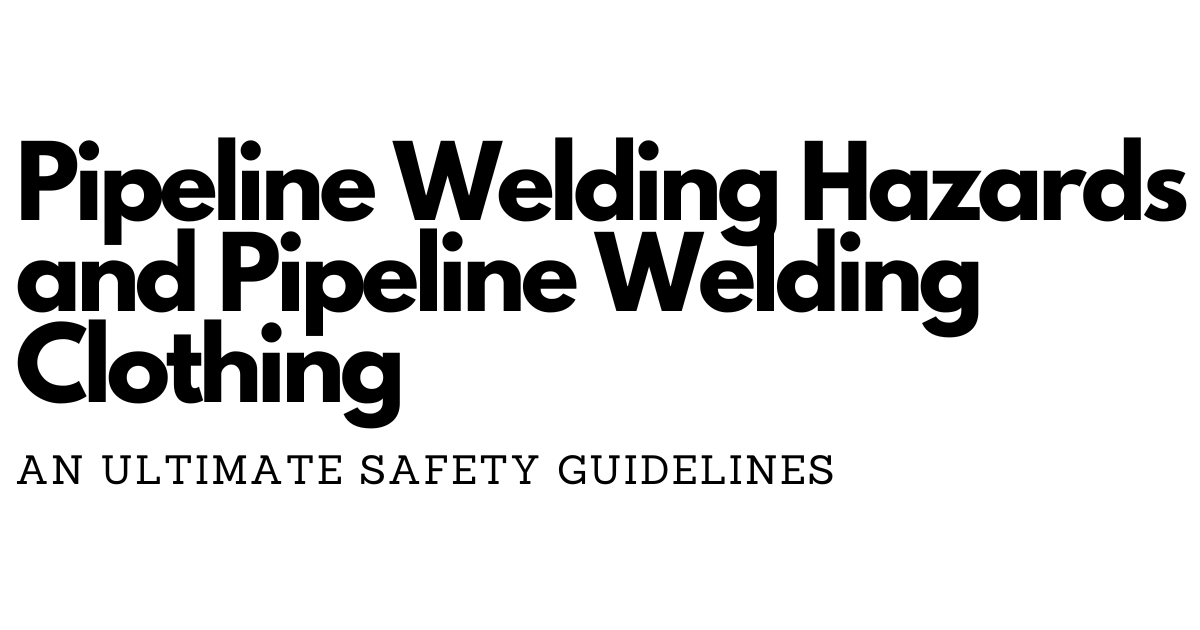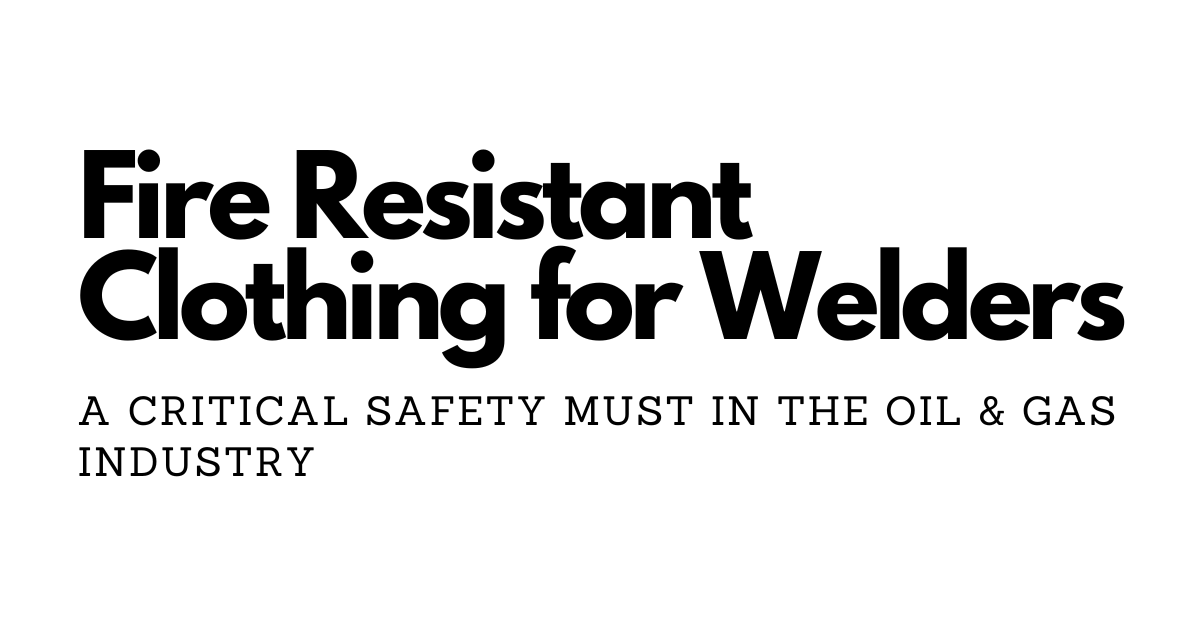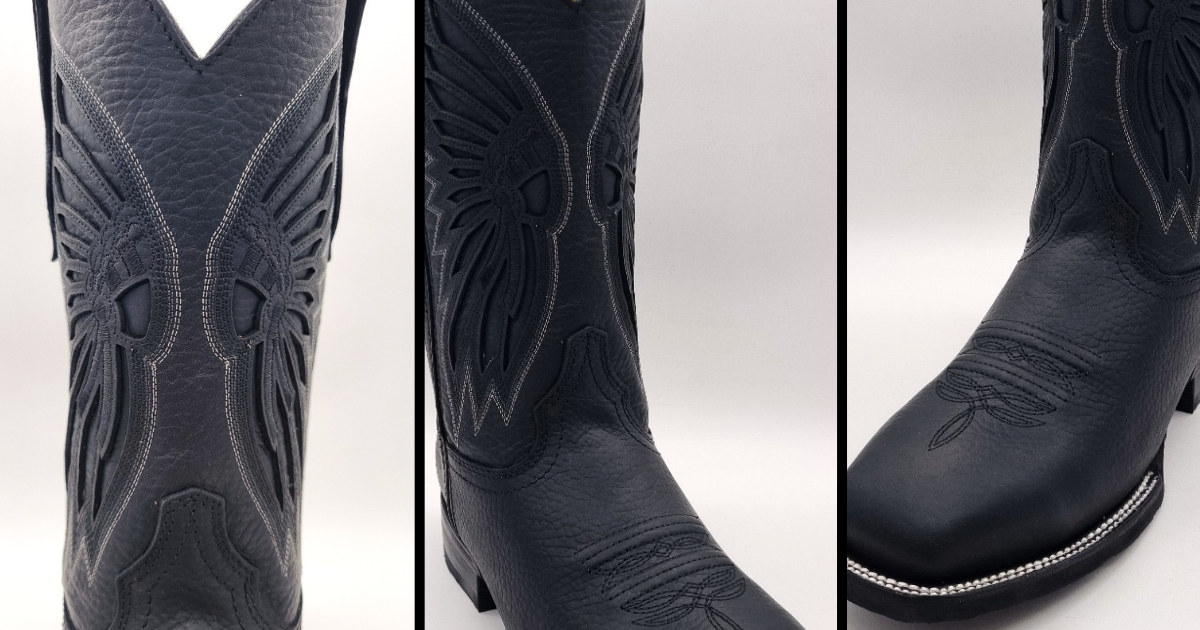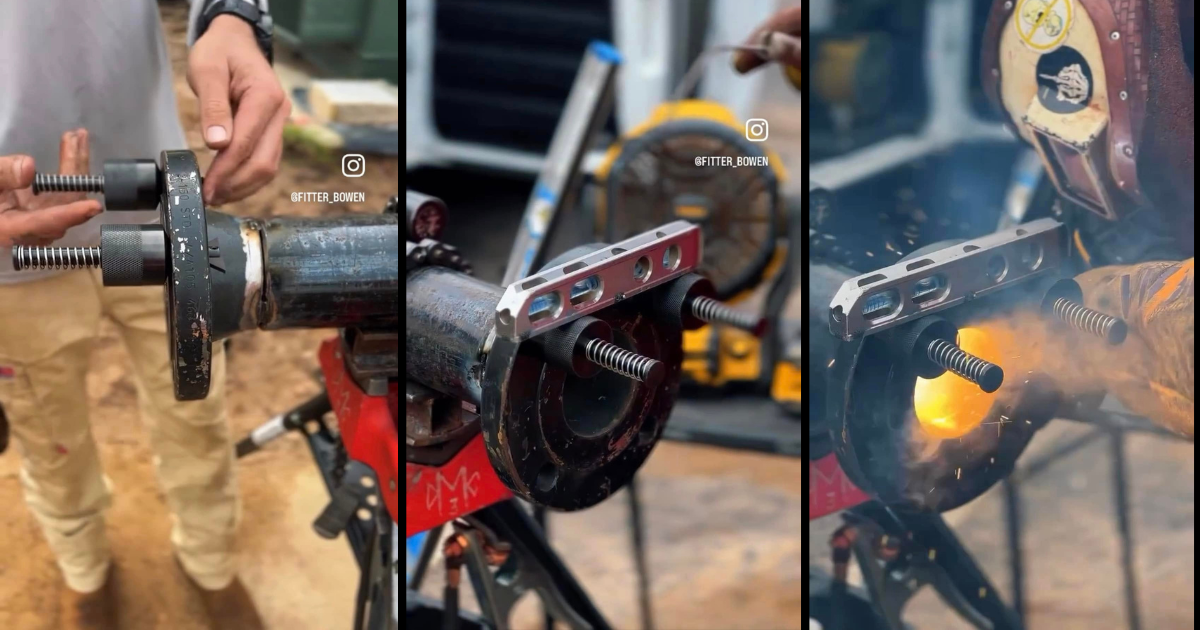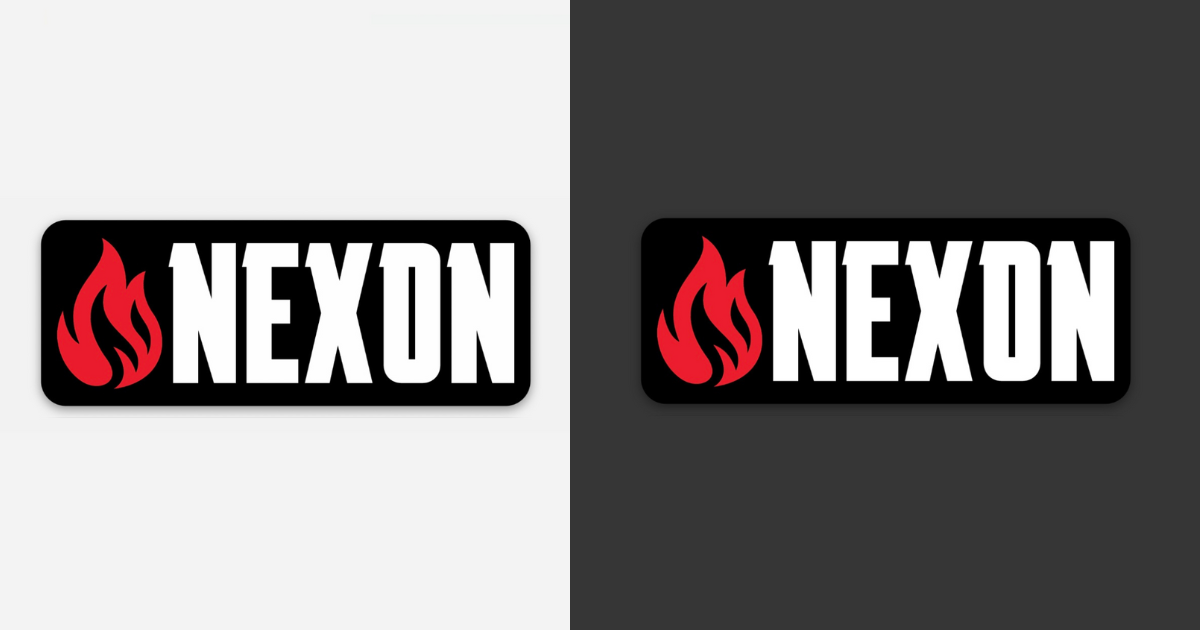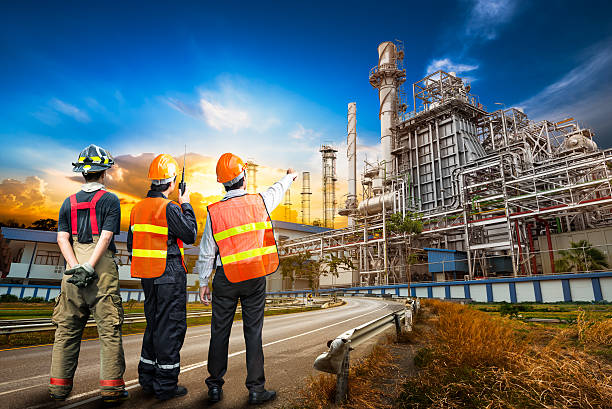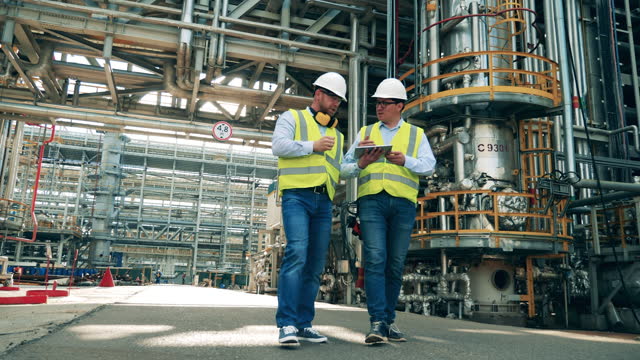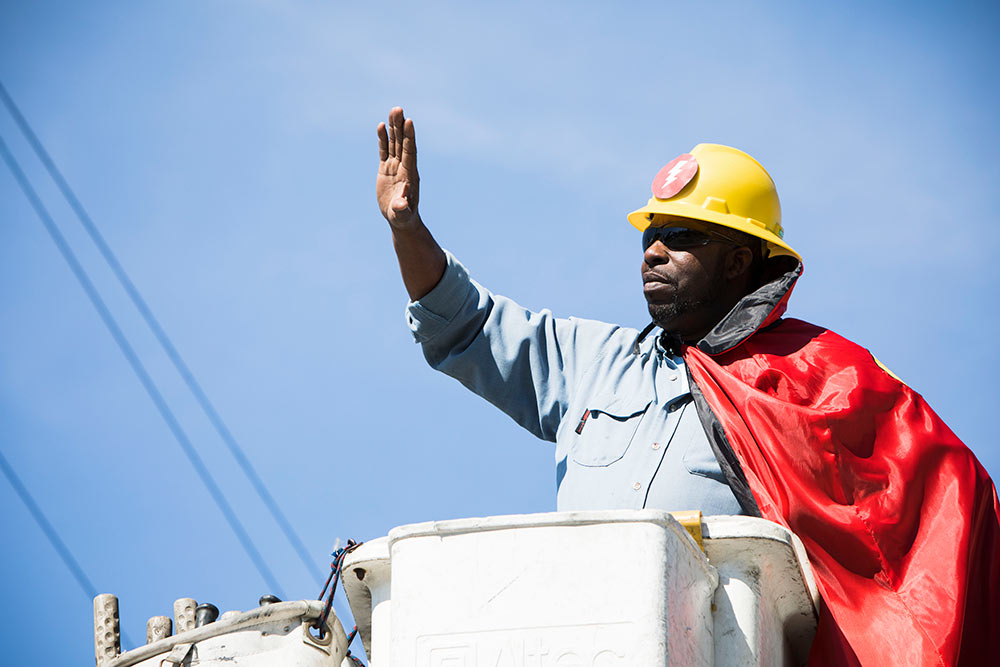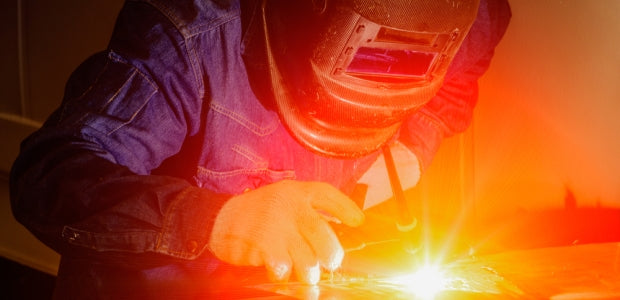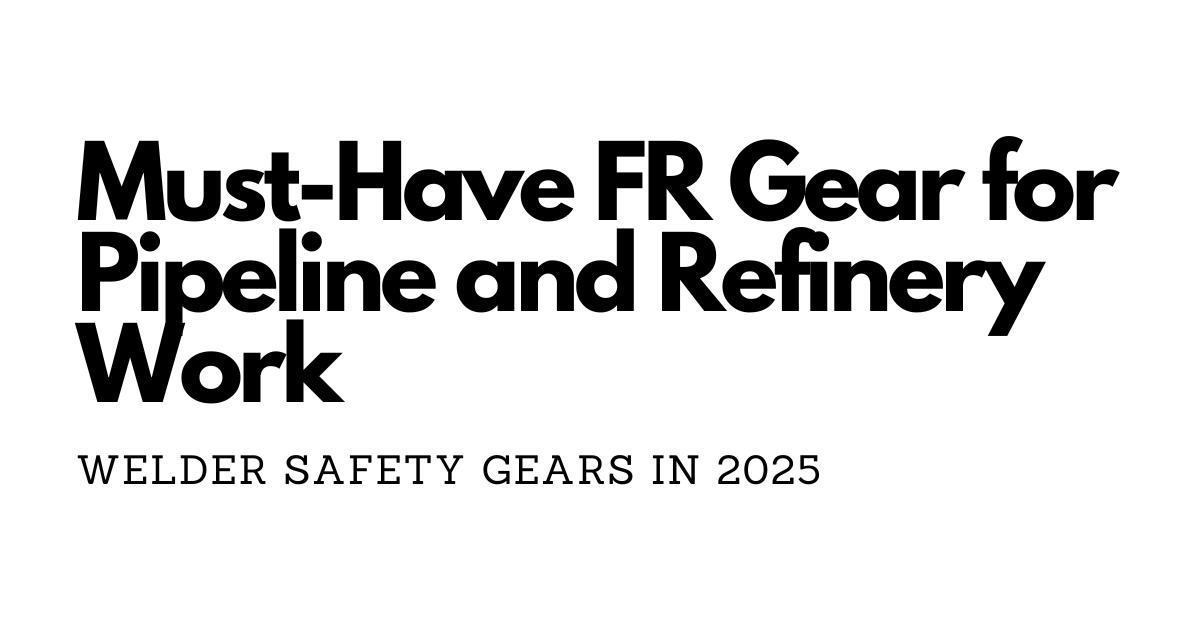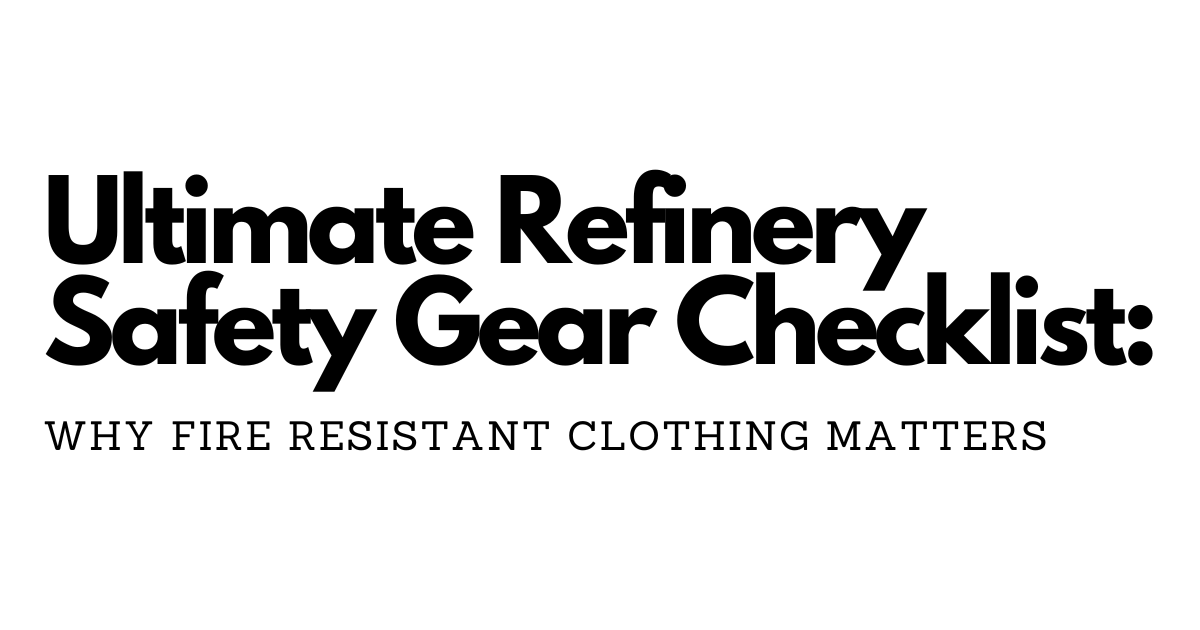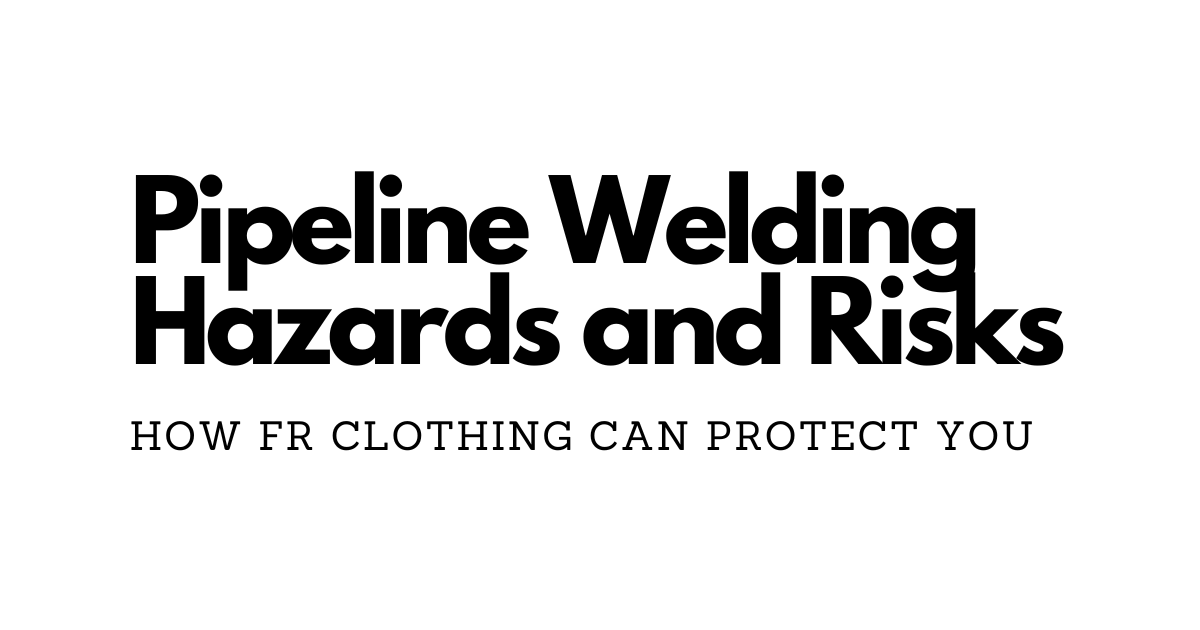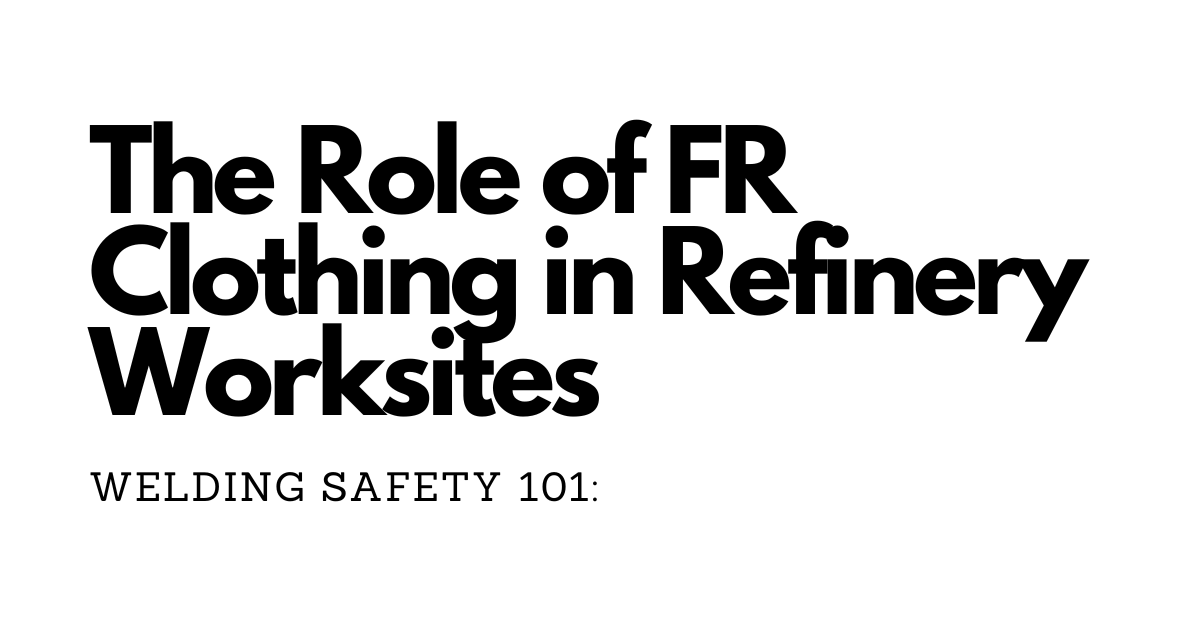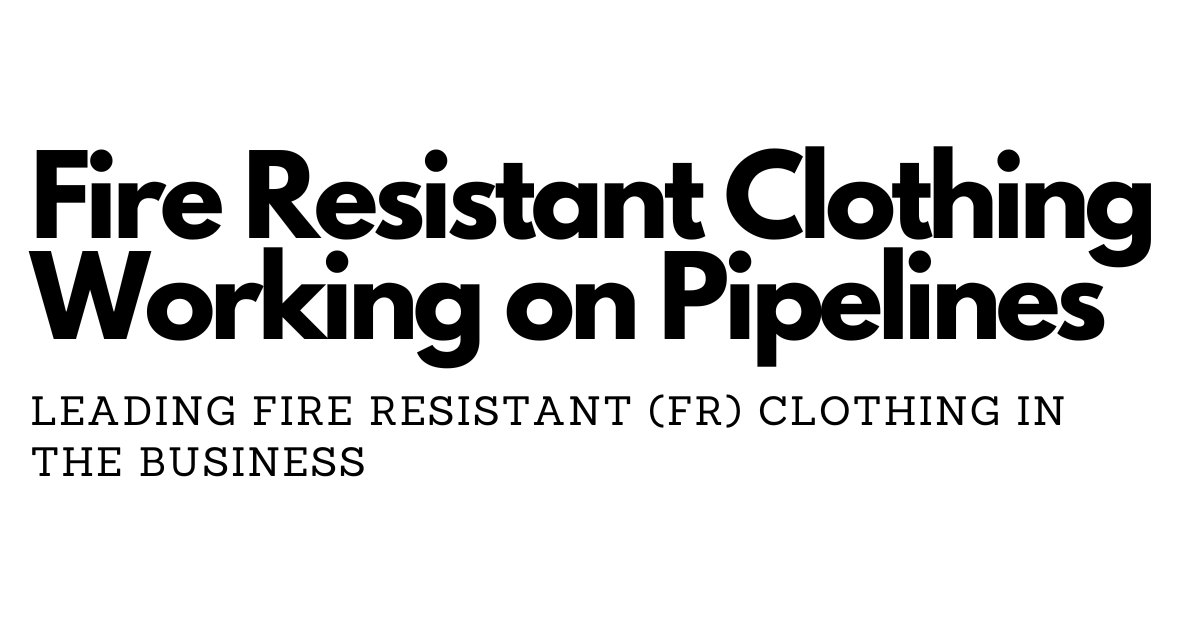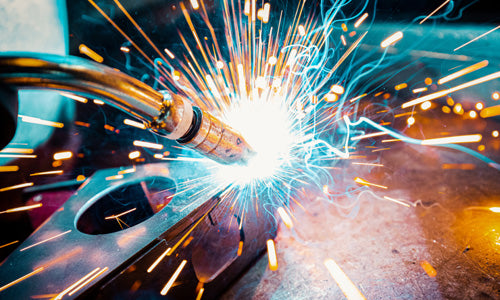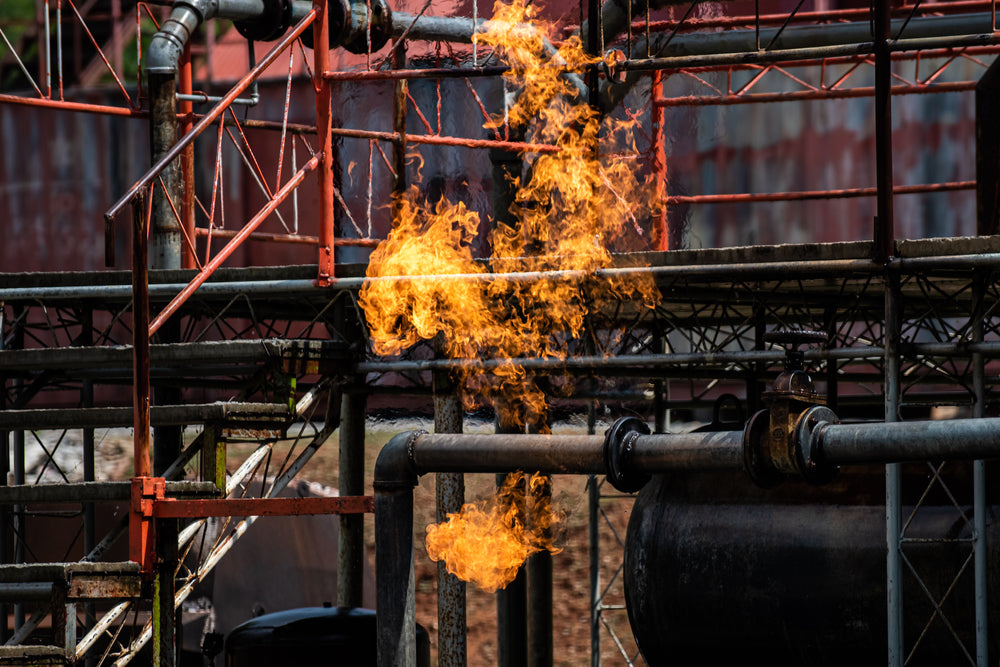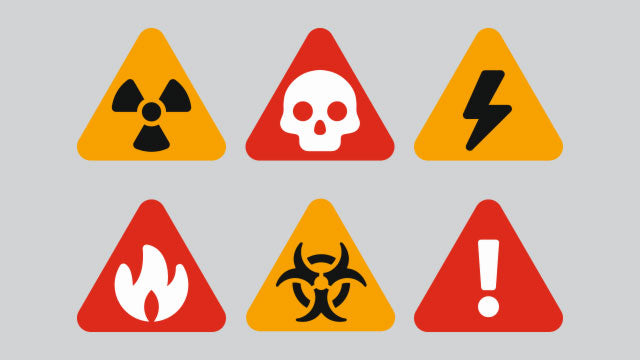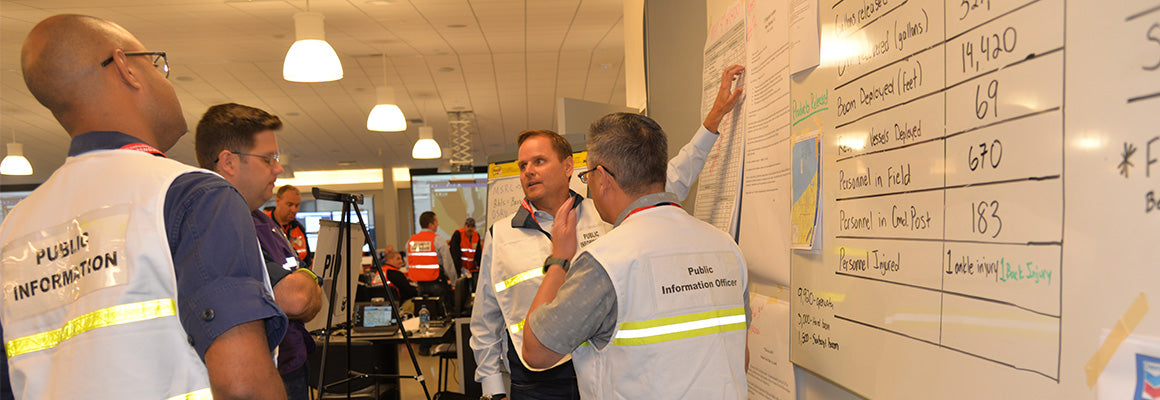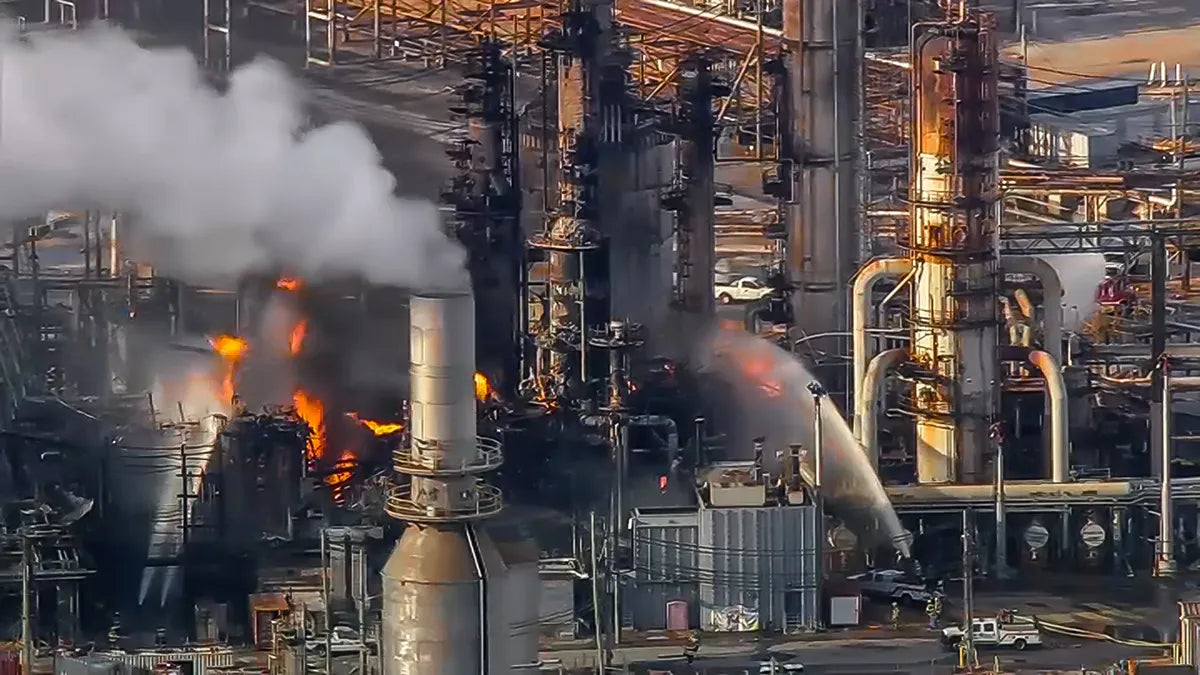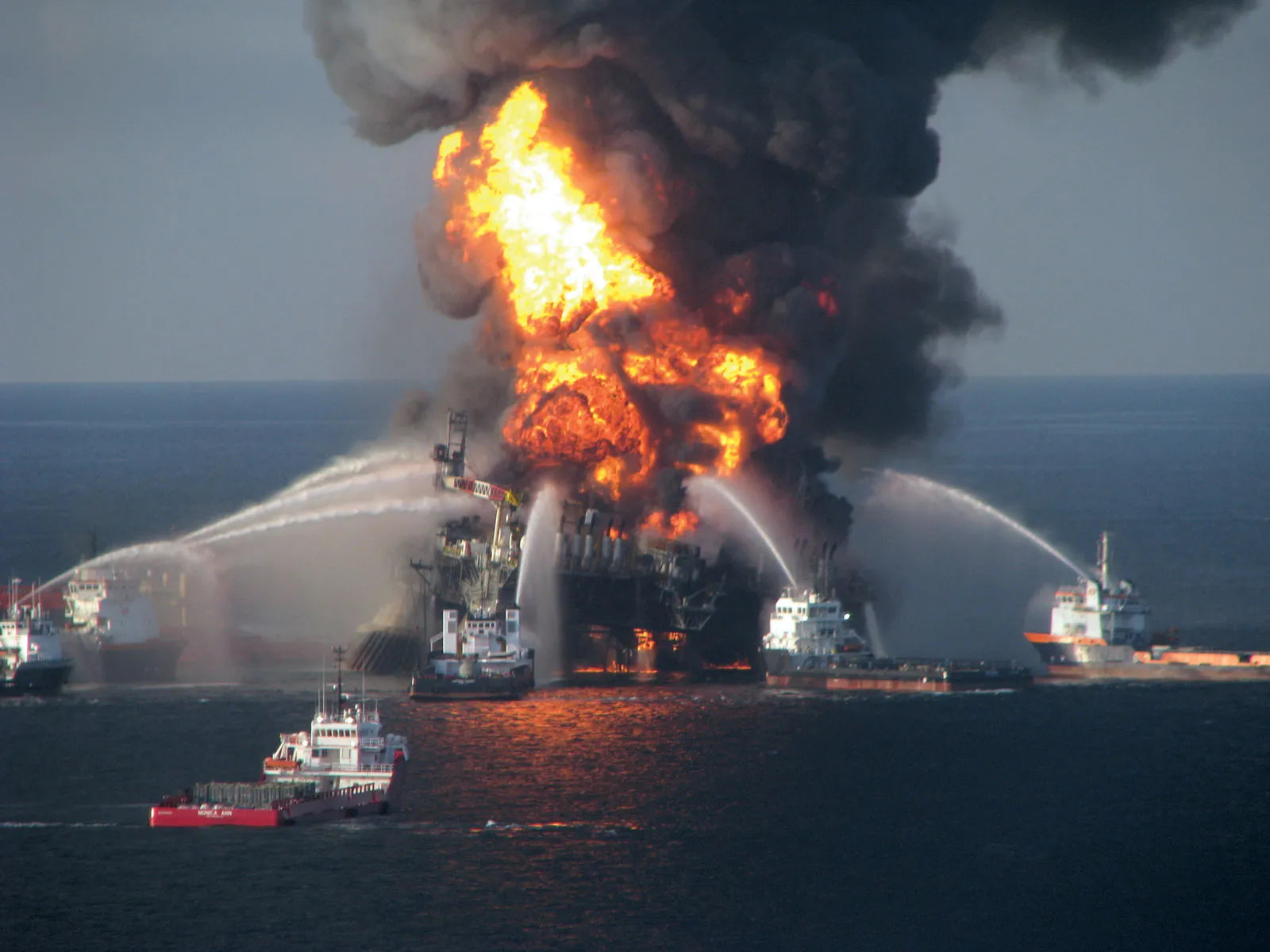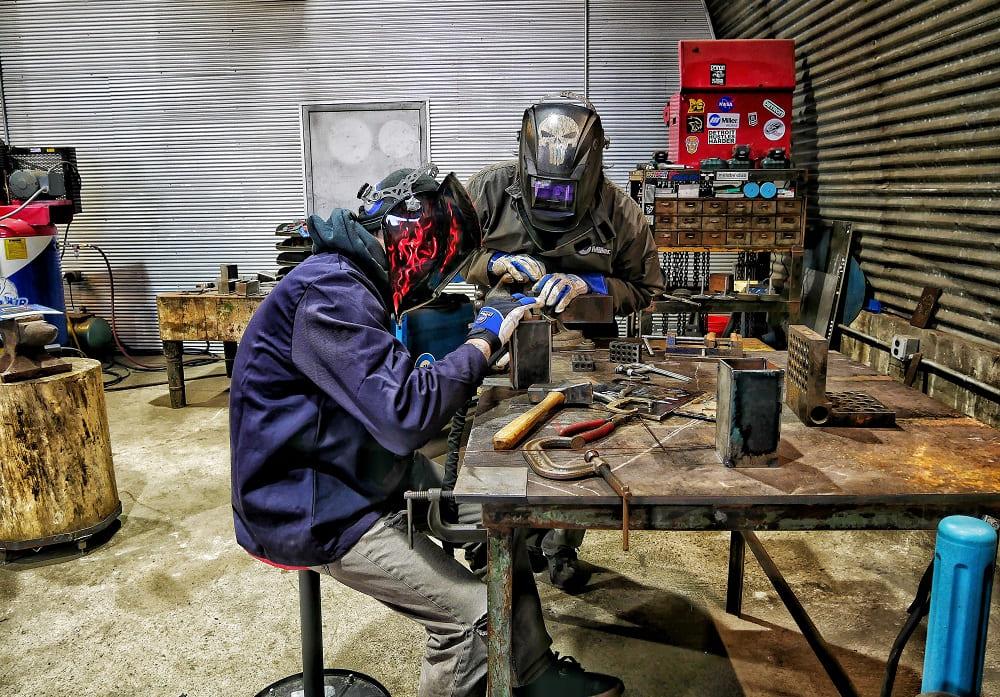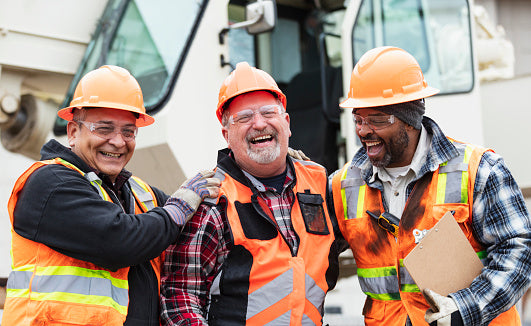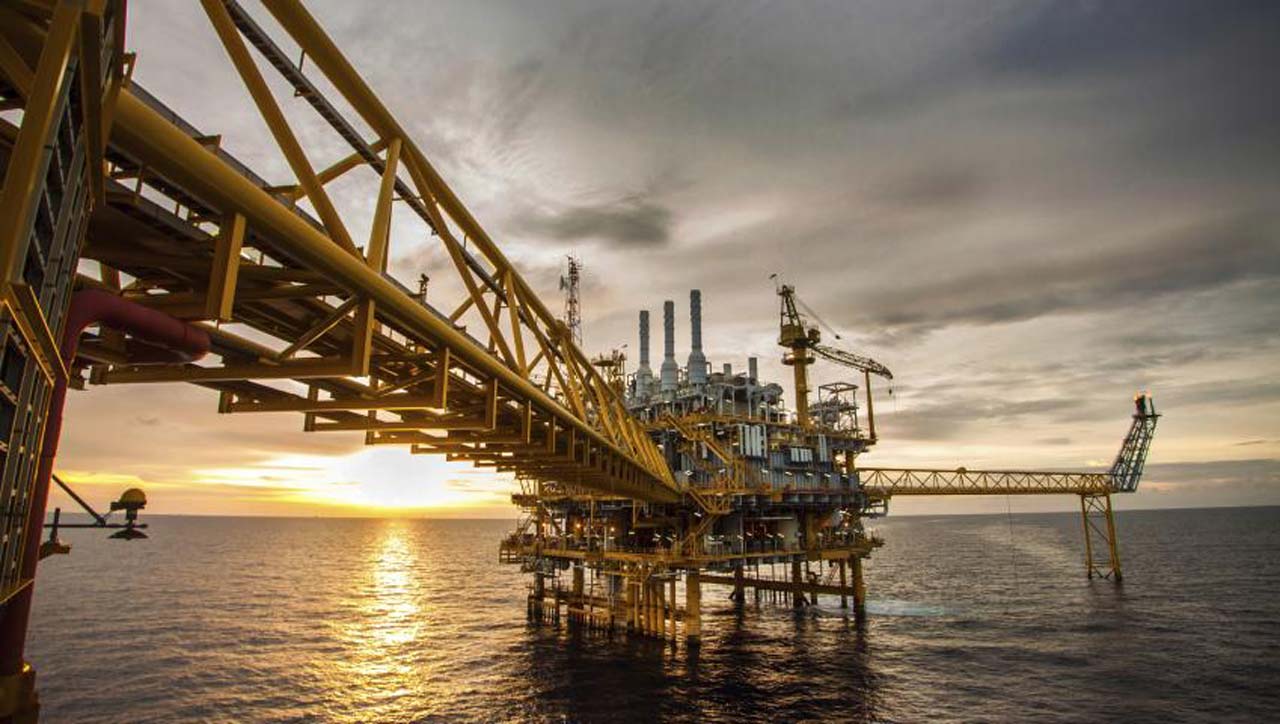
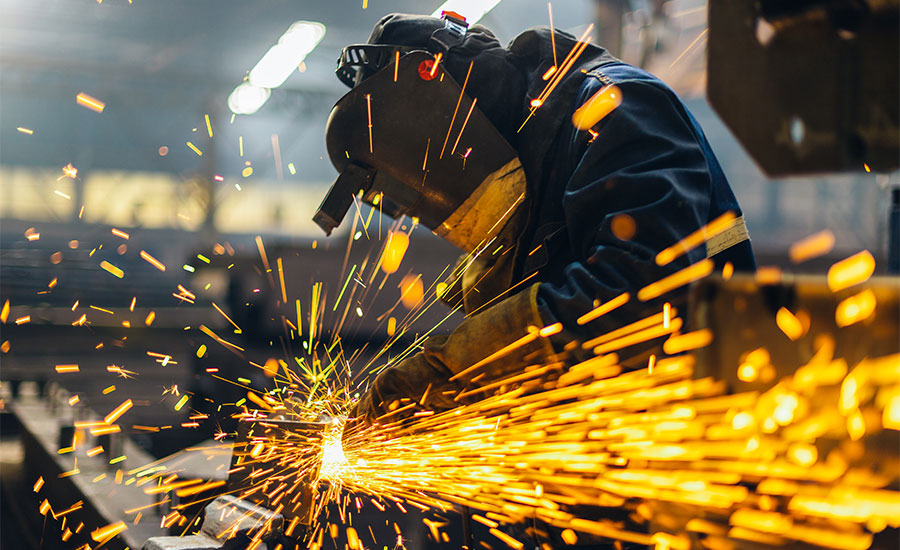
Fire can be a threat that can significantly endanger one's life and property. This type of peril can ravish one's home or take a person's life in a snap, leaving no room for people to think about what to do next. Without a doubt, fires are a great menace, and people must be equipped enough and prepared to face them at any given time.
As visionaries continue to create revolutionary strides to make the world a better and safer place, countless innovative breakthroughs have been developed throughout the years, especially in industries aiming to provide the utmost safety. As a matter of fact, a significant number of projects have been made readily available in order to prevent tragic fire accidents from happening. One of them is the creation of flame-resistant clothing.
Flame-resistant, Fire-resistant and Fire-retardant: What is the difference?
Anyone who is not extremely familiar with this information and these terms might assume these three terms are synonyms. The confusion is understandable, given the similarities. Two of the terms are interchangeable, but the other is quite a bit different. Here are the major differences between them.
- Flame-resistant: Flame-resistant clothing consists of inherently nonflammable fabrics and materials. The materials have a chemical structure that naturally resists flames. These types of fibers can catch fire, but they will either self-extinguish or burn exceedingly slowly. These materials’ essential function is to prevent the further spread of fire.
- Fire-resistant: This term is a synonym for flame-resistant. If you hear someone say “fire-resistant” instead of “flame-resistant,” don’t get confused. They mean the same thing, and it is correct to use them interchangeably.
- Fire-retardant: Fire-retardant fabrics have undergone chemical treatment to acquire some of the same qualities that flame-resistant fabrics inherently possess. As a result of these chemical procedures, flame-retardant fabrics become self-extinguishing and slow-burning. Any type of fabric can qualify, but it must undergo this treatment before it falls under the classification of fire-retardant.
Flame-resistant clothing is any garments specifically created to protect the wearer from flames and thermal injury. It is designed to resist ignition and helps prevent burns from initial exposure to flames and residual heat transfer. Although it is not entirely fire-proof, flame-resistant clothing slows down the threat of fire on one's garments, leaving the wearer valuable escape time while minimizing injuries.
Packed to provide more safety measures against fires, flame-resistant clothing is made from materials specially designed to be resilient to heat. Unlike ordinary garments, this type of clothing is created using flame-resistant elements, such as Nomex, Kevlar, and Modacrylic. Additionally, cotton is also used because it is naturally resistant to fire and can be further strengthened with the help of chemicals. However, different flame-resistant materials offer distinctive benefits, so the level of protection they provide varies depending on how they are used. For this reason, those who plan to wear flame-resistant clothing must consider many factors to help them decide which is the right material for them.
Aside from considering which material to use, one must also look into how much protection a person needs against fires. Flame-resistant clothing is categorized using an arc rating, which indicates how much heat will be transferred through the fabric. The higher the arc rating, the more protection the clothing will provide. To help people distinguish the kinds of flame-resistant clothing, manufacturers are required to disclose each of their garment's arc ratings.
Types of Flame-Resistant Clothing:
This type of personal protective equipment (PPE) is used by people in a wide variety of professions. As a result, there is an excellent choice of flame-resistant garments on the market.
- Just as hard hats, gloves, impact-resistant glasses, and ear protection are common safety gear for power plant operators, flame-resistant clothing is also important. Wearing multiple layers of arc-rated clothing can offer the greatest protection. Courtesy: All Seasons Uniforms
- A lot of professionals choose to wear flame-resistant outerwear over their normal clothes (Figure 2). Garments like overalls, high-visibility jackets, bomber jackets, and coveralls provide the wearer with extensive protection from potential hazards. Specialist items, such as balaclavas, face mufflers, and lab coats, are also available for professionals working in niche areas.
- While some FR clothing is designed for settings where the wearer is constantly exposed to high levels of heat, other garments are meant for more intermittent danger. These are known as primary and secondary protection, and it’s important to know which you need before you invest in your FR outfit.
Although flame-resistant clothing is generally useful to people from all walks of life, it is most beneficial and essential to those who work in hazardous environments, such as fire service, research labs, oil and gas utilities, and more. Thus, most individuals working in these industries wear flame-resistant clothing with an arc rating as high as 40. However, some can get this piece of clothing with a rating as low as 4, depending on one's needs and environment.
Today, as climate change and advancements in technology continue to emerge, the threat of fire has also grown exponentially. For this reason, flame-resistant clothing is needed now more than ever to protect individuals from the dangerous impact of fire. Of course, investing in functional and durable flame-resistant clothing can keep individuals safe, most especially professionals in lines of work that expose them to hazardous environments.
